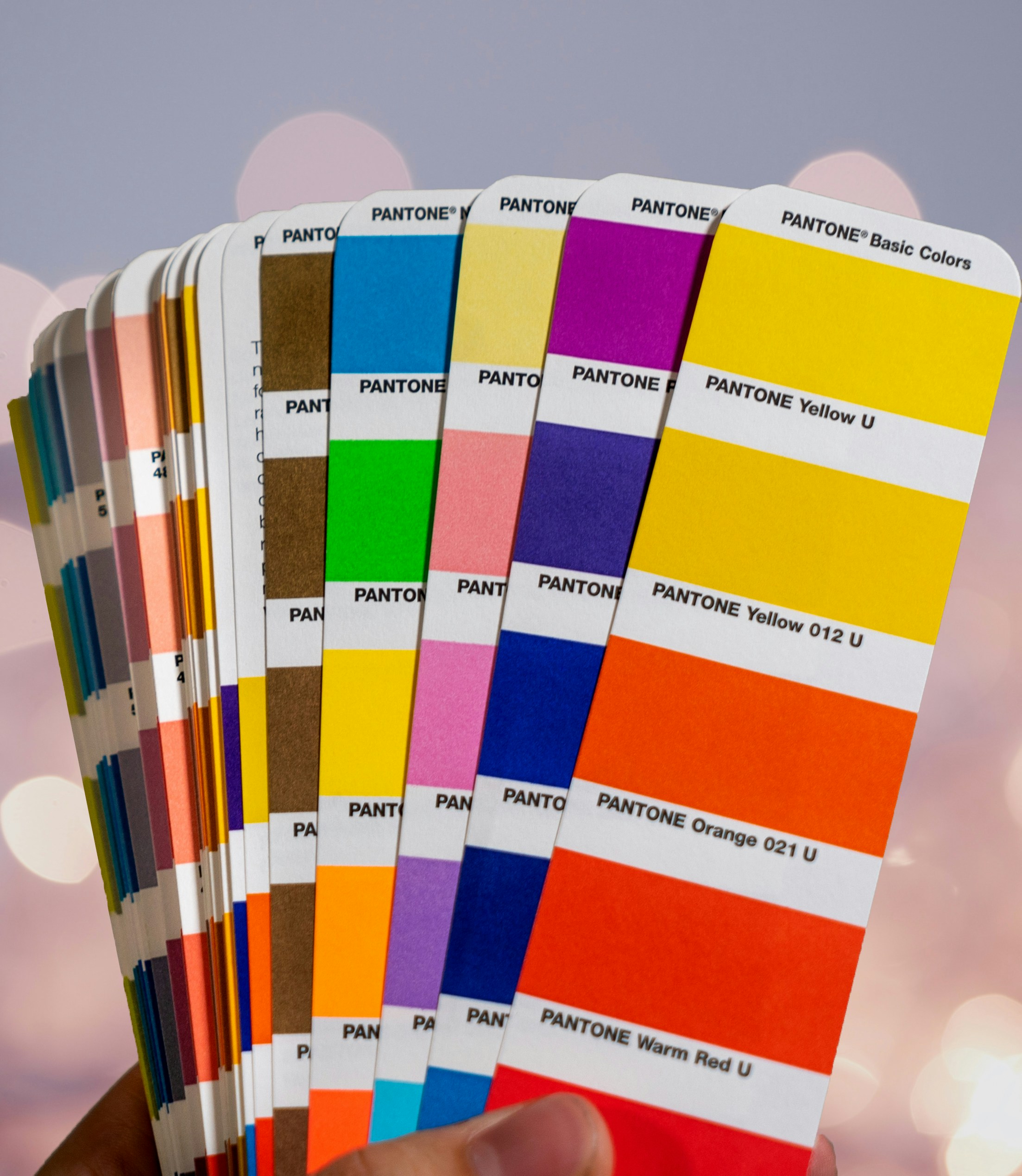
Introduction to Color Psychology
Color psychology is a fascinating field that examines how colors influence human emotions, behaviors, and perceptions. It is the study of how different hues can evoke specific feelings and reactions, shaping our experiences in profound ways. In a variety of realms such as marketing, interior design, and, notably, fashion, color psychology plays a crucial role. The significance of color selection can impact consumer preferences, brand identities, and even social interactions.
The origins of color psychology can be traced back to ancient civilizations, where colors held symbolic meanings and were infused with cultural significance. For example, red has historically been associated with passion and power, while blue often symbolizes tranquility and stability. As societies evolved, so too did their perceptions of color; preferences can differ significantly between cultures and time periods, reflecting societal values and norms. During the Renaissance, for instance, the use of colors in art and fashion began to emphasize individual expression, laying foundational principles that continue to influence modern design.
In the context of fashion, the implications of color become particularly evident. Designers use color intentionally to evoke specific feelings or convey messages, ultimately influencing consumers’ choices. For example, wearing black is often associated with sophistication or mourning, while vibrant colors like yellow or orange can evoke a sense of cheerfulness and energy. Moreover, psychological studies reveal that the colors we choose to wear can impact how we are perceived by others, contributing to first impressions and the overall aura we exude.
Understanding color psychology is essential for anyone involved in fashion, from designers to consumers, as it provides insights into how color can shape style and perception. By delving deeper into the emotional impact of color, individuals can make more informed choices that reflect not only their personal aesthetics but also their desired statements within social contexts.
The Influence of Colors on Emotions and Behaviors
Colors have a profound impact on human emotions and behaviors, often without individuals being consciously aware of it. Each color possesses its own psychological effects that can evoke different emotional and behavioral responses. Understanding these effects can greatly inform fashion choices, enabling individuals to communicate non-verbally and express their personality through color.
Red, for instance, is frequently associated with feelings of passion, power, and urgency. It can stimulate energy and excitement but might also evoke feelings of aggression if overused. Fashion designers often utilize red to make bold statements, encouraging wearers to feel more confident and assertive. By incorporating this vibrant hue into their wardrobe, individuals may find themselves more willing to engage socially and take risks.
Blue, on the other hand, tends to elicit a sense of calmness and tranquility. This color is often linked to professionalism and reliability, making it a popular choice in business attire. Wearing blue can enhance feelings of peace and trust, contributing to effective communication. In the fashion realm, softer shades of blue can convey approachability, while deeper blues may suggest authority.
Yellow is another impactful color in the context of fashion, often associated with happiness, optimism, and energy. The vibrancy of yellow can uplift mood and inspire creativity. However, it is worth noting that too much yellow can sometimes lead to feelings of anxiety, possibly due to its brightness. When used thoughtfully in fashion, yellow can send a message of warmth and cheerfulness, inviting positivity into social interactions.
In conclusion, the psychological effects of colors are integral to understanding their influence on emotions and behaviors. By selecting colors that align with desired emotional outcomes, individuals have the opportunity to express themselves effectively through their fashion choices, harnessing the power of color to enhance both personal style and interpersonal communication.
Color Trends in Fashion: Historical Context and Modern Applications
Color trends in fashion are not standalone phenomena; they are deeply woven into the tapestry of history, reflecting societal changes, cultural movements, and individual expression. Historically, certain colors became the hallmarks of fashion movements, often guided by prevailing social norms and technological advancements in dyeing techniques. For instance, the vibrant pastels of the Rococo period in the 18th century echoed the era’s ideals of frivolity and luxury. As the Industrial Revolution progressed, more vivid colors became accessible to the masses, thus democratizing fashion and allowing broader exploration of color palettes.
In the early 20th century, the Bauhaus movement introduced a minimalist approach to design, favoring primary colors and simplistic forms that influenced the way designers conceptualized collections. The 1960s counterculture, with its emphasis on individuality and rebellion, saw an explosion of bold, saturated hues. This trend was not merely aesthetic; it symbolized a deeper shift towards self-expression and social freedom.
In contemporary fashion, color trends continue to evolve, shaped by global events and digital influences. The rise of social media platforms has accelerated the spread of color trends, with influencers and brands able to promote specific shades effortlessly. For example, the recent popularity of earthy tones reflects a collective move towards sustainability and nature-inspired aesthetics. Shades like terracotta, olive green, and soft beige resonate with eco-conscious consumers seeking authenticity and a connection to the environment.
Moreover, color forecasting companies, utilizing comprehensive data analysis and socio-cultural insights, profoundly shape contemporary color palettes. They predict which colors will dominate fashion seasons well in advance, often taking cues from art, film, and global events. This integration of historical understanding and modern technological capabilities illuminates the dynamic nature of color in fashion. Understanding these color trends provides valuable insights into how societal values and personal identity are conveyed through choice in style.
Practical Tips for Using Color in Fashion Choices
Choosing the right colors for your wardrobe can significantly impact not only your personal style but also how you are perceived by others. To effectively incorporate color psychology into your fashion choices, consider the following practical tips that will enhance your daily dressing experience.
First, reflect on your mood and the message you aim to convey with your outfit. Colors have the power to evoke emotions and set the tone for any occasion. For instance, if you want to appear confident and assertive, opting for bold shades such as red or royal blue can be effective. Conversely, softer tones such as pastels or earth tones can promote an aura of calmness and approachability. Assessing your mood before choosing an outfit can help you select colors that not only resonate with you but also influence the perceptions of those around you.
Next, consider the occasion when selecting colors. Different events may call for distinct color palettes; for business meetings, classic shades like navy or gray may foster professionalism, while vibrant colors can energize social gatherings or casual outings. It is essential to align your color choices with the formality and context of the event to make a lasting impression.
Personal style plays a pivotal role in how you utilize color. Identifying a color palette that reflects your unique personality can empower you to express individuality through fashion. For example, if you gravitate towards a minimalist aesthetic, integrating monochromatic looks accentuated with a singular pop of color can create a striking effect. Additionally, when combining colors, consider the principles of color theory, such as complementary and analogous colors, to create harmonious outfits that draw attention without overwhelming the senses.
By thoughtfully selecting colors based on mood, occasion, and personal style, you can craft a wardrobe that not only suits your preferences but also enhances your overall confidence and presence.


